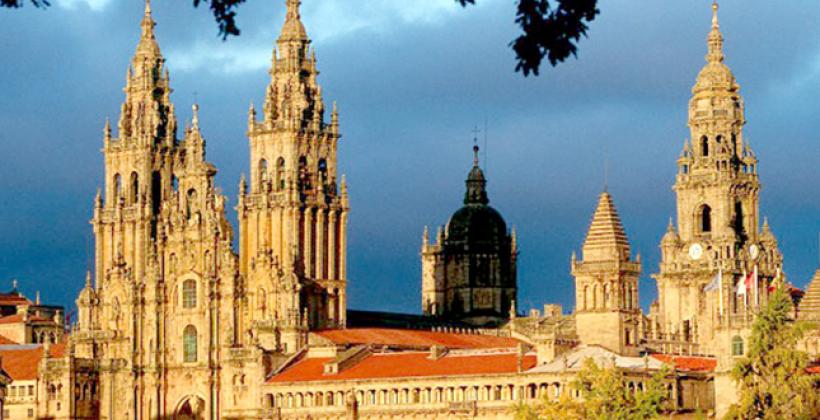
Location
Description
The historic, UNESCO designated city of Santiago de Compostela has several urban and climatic features that can be considered positive for energy efficiency. However, the topic has not been a high priority issue for neither the society nor the municipal authorities, and thus local urban plans do not recognize the matter explicitly. In addition, due to some characteristics such as a mild climate, extensive green areas and a compact urban area, the citizens of Santiago de Compostela generally have poor awareness of energy efficiency and climate change issues. Likewise, the relationship between energy efficiency and the conservation of local heritage is challenging, and all actions targeted towards the historical centre are strictly controlled by different regulations, including a special plan. Creating a link between heritage conservation and energy efficiency is therefore instrumental in gaining momentum for energy efficiency efforts in the city.
The city is currently advocating energy efficiency mainly by setting an example in city owned buildings and by gradually making sustainable adaptations to public services, such as public lightning and waste collection. All in all, the municipal actions for energy efficiency have mainly targeted the decrease of CO2 emissions through traffic plans, the improvement of energy efficiency of municipal buildings and the management of municipal energy and water services with sustainable ends. Like so many other historical cities, Santiago de Compostela needs to finely balance between history, urban form and future requirements. However, the prospects of becoming an energy efficient city is within reach now that initial steps have already been taken.
